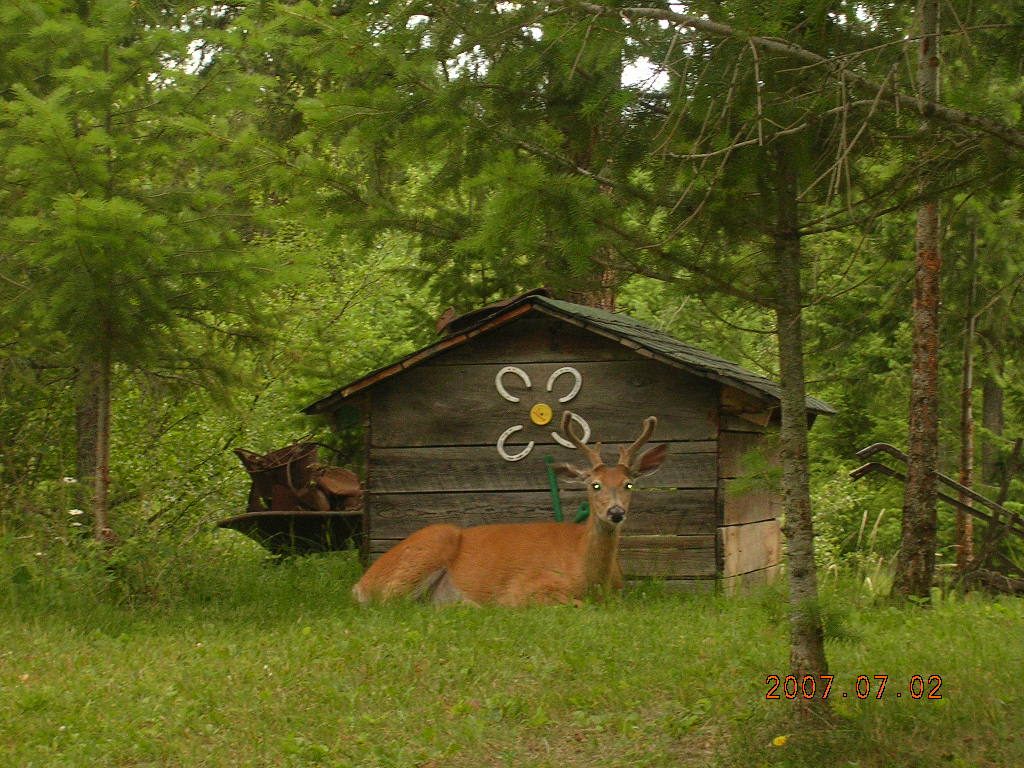2 Tips for the Apple Orchard | Tackling Bindweed | How Forbs, Legumes and Grass mix can Help

In my recent interview with Matt Arthur from Boone’s Lake Heritage Farm aka B L H Farm I asked him for some advice on this bindweed that seems to be overtaking the grass in our small apple orchard. He had this awesome piece of advice.
Bind weeds tough. Yeah. Bind weeds tough. I mean, I’ve two quick pieces of advice.
The first is that the, in the rows between your apple trees, you need to have a mix of species that you choose a you should have a grass, you should have a legume and then a forb to take the place of, of those weeds.
- grass
- legume
- forb
Weeds really are telling you that there’s something missing in your species mix. They’re filling a niche that should be filled by something that you consider beneficial.
So trying to keep a pure grass row in your orchard is going to be really hard, but if you can toss down just a three or four species mixing you comfrey or clover and grass, and maybe oats in the spring, tailored for your area, get a few things in there to keep the space busy. So that things like bind weed can’t get a foothold.”
Wow. All right. Now, what did you say? Oh, I knew I should have wrote down a grass, a legume and a what?
A forb: F O R B
Forbs are other pasture plants that aren’t either grasses or legumes.
and yeah, I think of, of kind of traditional wild grassland. There’s not just a couple of things there, there’s a few things there. Forbs are a category that basically are everything. That’s not a grass or a legume, that’s not a weed. So just try to find a couple of few things that you can put into those paths that you can, obviously you can mow down and also are perennial. So you are not putting in every year and that’ll hopefully keep the, the nasties out of the way.
I really like the idea that weeds are telling me something, which is very similar to what Patti Armbrister was telling me on her visit. I keep envisioning what the apple orchard would look like if it had a wide pollinator border. Preferably one that doesn’t need to get watered.
But I still don’t know what that would like? Would I have to get cardboard and then dirt to replace all the sod that goes to the end of the fence. If I start now it would be ready to plant next spring except IDK when I would ever have money to pay for the sod to go on top?
Should I just use the grass clippings, try to find some leaves this fall? So it’s ready to plant in the spring? Can I do some of what this guy way down south is saying? Except he has his perennial seeds planted and I have small hope for getting any brocolli out of my baby plants, I mean it’s getting cold already? But who knows maybe they’ll thrive. I should go plant those maybe.
Last year I did walk all around the orchard and drop sunflower seeds. I didn’t dig a hole and plant them, I figure if they grow when they fall out of the bird house, there’s always a pile of sprouts under it each year, why wouldn’t they just take off in the spring when it rains a lot? But they didn’t grow. Idk that Mike doesn’t cut them with the weedeater? But I think I would see the sprouts.
I also asked Matt about scab, because someone in my Facebook group asked about that?
I would say for scab, you know, apples.
Apples have a lot of blemishes on them and they still taste great. So comparing apples, you grow at your house in appearance, to what you could get in a grocery store is a wrong way of thinking about it.
Focus on the
- taste and the
- texture and
- how fresh they are,
and just, you know, try to scrub off some of the scab and that the mold that gets on them.

